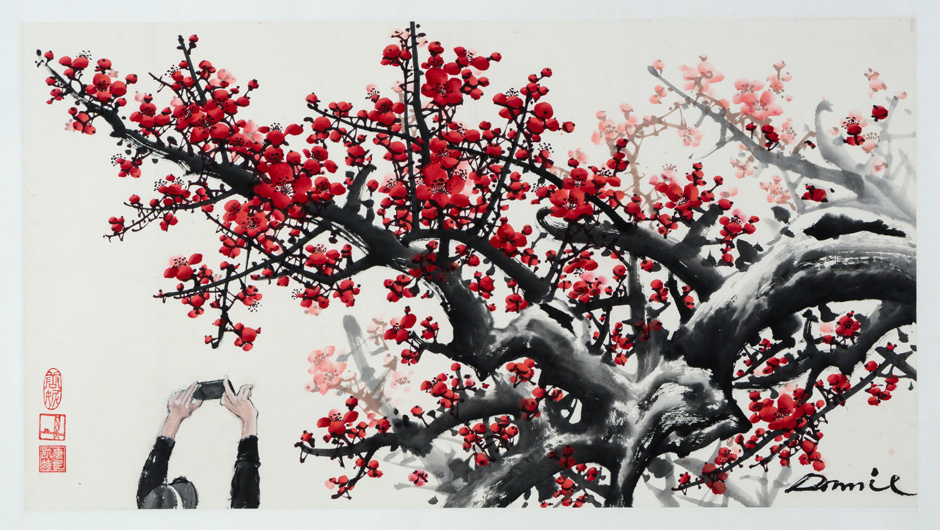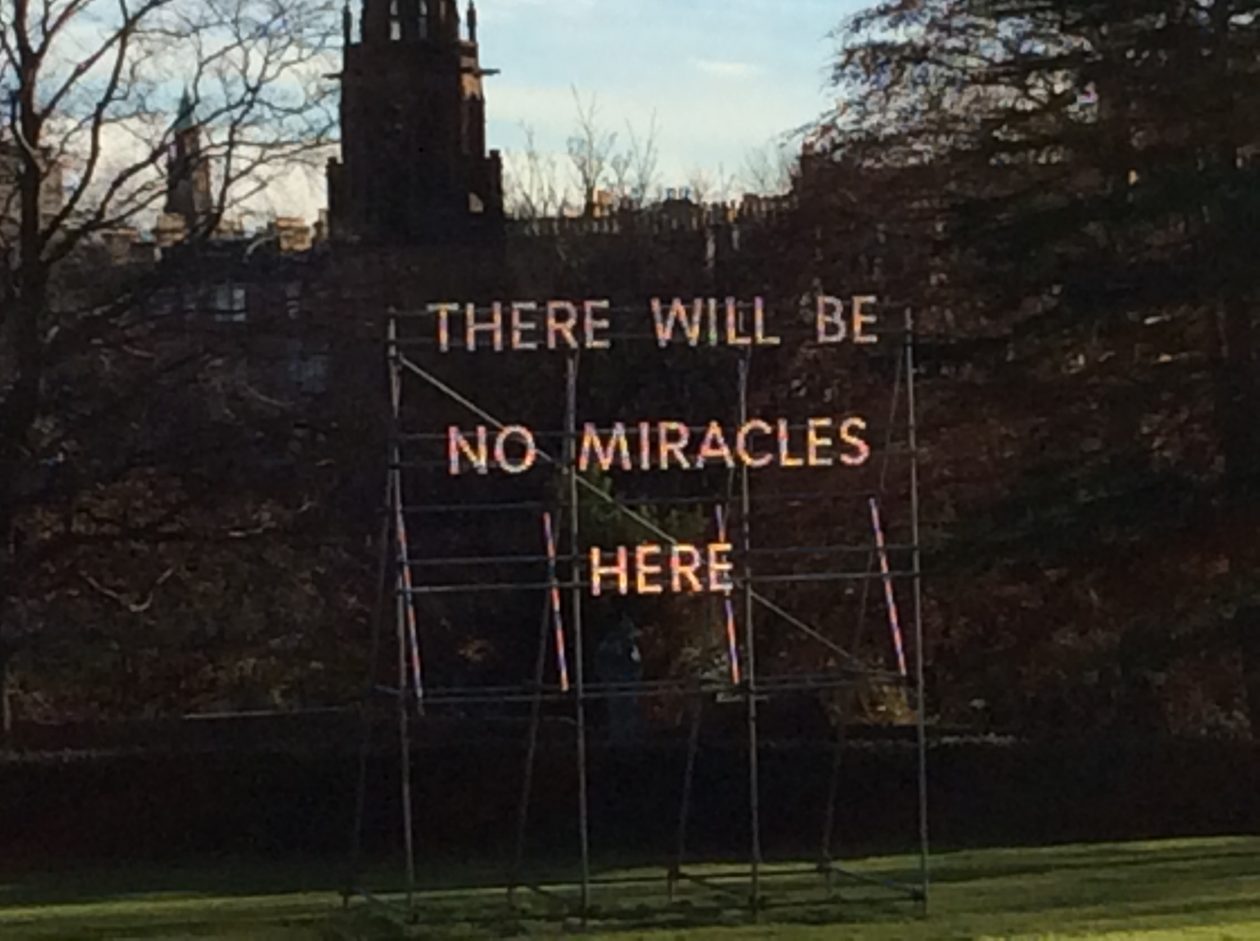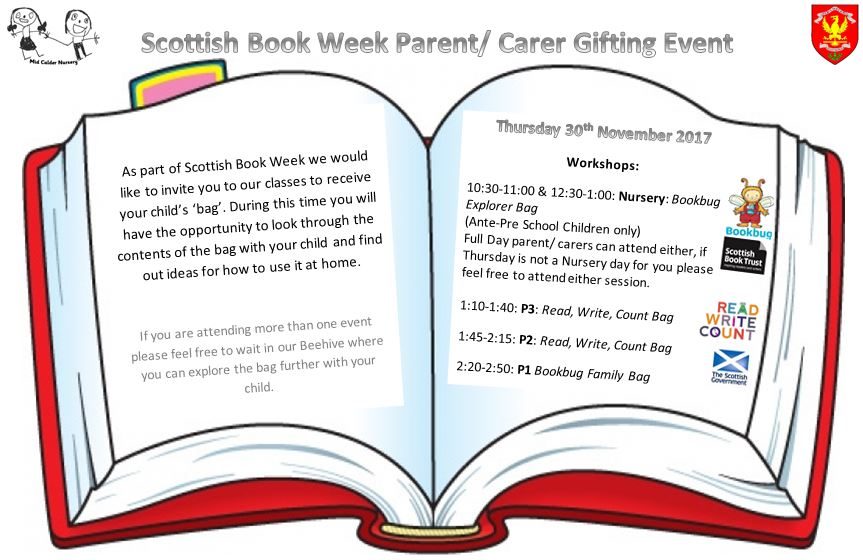P6 were making Japanese art we made blossom trees. We made the branches of a tree with black ink then we made the blossoms with red ink. Kate Downie is a famous artist for her blossom tree art. She added a person taking a picture of the tree. Her pictures are very relistic because she uses lots of different shades of colours to make it stand out. The colours of the branches get lighter the further it gets the same with the blossoms.
Category Archives: Supporting Reading
Duruma Dolls
P6 made Duruma dolls that are traditional talismans from Japan. They made them by moulding clay into the shape of a doll and when they clay dried they painted them loads of different colours. When you paint the doll you don’t paint the eyes because when you have a wish you colour in one eye and when it comes true you colour in the other eye. The main colors of a Duruma doll are white and red because the Japanese flag is white and red. This Is a Duruma doll
This Is a Duruma doll
Printmaking Piccies
P5s’ Magical Mystery Journey in Art
Magical Mysteries in Art in P5C and P5A
Master Printmaker Nick Devison ran a workshop for the P5s on Burns Day and what a magical event it was. We had worked on Pressprinting and how to make a clean, clear print and Nick showed us how to develop our skills and play with the materials showing developing skill using line, shape and texture (EXA 2.03a). P5C extended this with the addition of watercolour to their favourite artwork on the 26th.
We used a specialist safe etching ink and experimented with cut-out shapes, making lines and creating textures with our hands, pens, cotton buds and cocktail sticks.
As you can see from the pictures we had abstract artworks which were quite mysterious as well more figurative works. P5C gave constructive comment on their own and others’work (EXA 2.07a)
Megan and Tiegan loved that they were not directed in their themes and could make as many works until the paper ran out! Megan even made a collaborative work with Annabel. Most of all the magic of turning over the monoprints to see what had been printed was the most magical thing of the morning.
It was great P5a got to find out more about the career of an artist and it was a lot of fun. Clearing up was not quite so much fun for the class teachers but nobody said learning had to be clean:-)
A HUGE thank you to Nick. It was a finale to our lessons on printmaking.
P1P’s Brilliant Book Bug Bags
P1P have had a very exciting week for Scottish Book Week!
At the start of the week we spent time reading and exploring the 3 picture books that were shortlisted for The Bookbug Picture Book Prize, we also watched some fantastic videos of the authors reading their stories. After we watched the author videos we voted for our favourite book using gems, ‘Gorilla Loves Vanilla’ was the winner of the vote!
On Thursday we were very excited because our P7 Buddies came down to our class to deliver very special P1 Bookbug Bag. These bags were filled with fantastic activities and stories for us to use at home. Later in the afternoon our parents came in and we shared different activities we can use with our Bookbug bags!
We had a fantastic time and thank you to everyone who was able to come in and visit!
P7s’ Eye and Mind-Opening Visit to the Gallery of Modern Art One and Two in Edinburgh on the 28th November
Miracles at Mid Calder
A Leither who Left us all Thinking!
P7s went to the National Galleries of Scotland MOD2 on the 28th of November for a tour of Sir Eduardo Paolozzi’s studio and to explore a few of his sculptures in the gardens and cafe there. They went to explore further the work of this famous Scottish artist, born in Leith, who had great success not only in 3-D work but also in printmaking, collage and textiles.
In class we had discussed the Pop Art movement and worked on Pop Art posters with bright coloured backgrounds and collaged onto these with drawings of what they thought were the most popular cultural items of their times. Now it was time to find out from Duncan and Mo at the National Gallery more about his sculptures of man and machine such as the monumental Vulcan and The Master of the Universe.
So what did we think:
I was amazed by the fantastic responses of the children about the meaning of the artworks and what creative ideas they had. When we looked at the recreation of Paolozzi’s studio we discovered that maquettes were small models for sculptors to work from and we saw the explosion of interesting things he had around him.
Olivia enjoyed seeing the studio that Eduardo Paolozzi had and seeing all the finished and unfinished works that he made. She wants to learn more about him and how he fell in love with Art. Kiera thought it was interesting to see the artwork in his studio and there was lot to see.
Then we got the chance to “play with shapes” and were free to make our own 3-D artworks from card and tape and the pupils rose to this imaginative challenge and got the opportunity to evaluate their peers’ work. The parent helpers, Mrs Ramsay and Mrs Smith were invaluable in encouraging and supporting the frenzy of work.
Bethan enjoyed making the sculptures with her friend but wanted more time to finish them. Calum enjoyed making models and having fun with his friends.
Afterwards some of the children chose to look around some of the NOW exhibit at MOD1 and others chose to play in the sculpture garden. With a smaller group wandering through the sounds and sights of the Turner prize-winning Susan Philipsz’s work it was quite an eerie, melancholic experience with 7 turntables each playing single notes for 17 minutes and in the next room salt paintings of different kinds of tears that linked with the sad music. Really moving. Especially to see some of the least engaged pupils at the start of the day truly immersed in the experience. We had an opportunity to look into the mind and work of a great new artist and in doing so this allowed us to open our minds.
Cade liked the turntables because the men in the rooms told us about them and we got to listen to the sounds but he got bored quite quickly.
Well done to everyone! Great creative thinkers.
Money
This week Primary 2 have been working very hard learning about Money as part of their IDL Topic.
LI We are learning to use different coins to pay an exact amount
SC I can read the cost of an item
I can choose the coins I need to pay for it
First, we looked at all the coins very carefully and practised recognising and sorting them by putting them into different money banks.
Next we looked at the cost of items in the toy shop, and discussed which coins we could use to pay for it. We discovered that there were different ways of making the same amount. Soon, we were trying to make the exact amount using the fewest number of coins.
Perhaps we will be able to use our skills at home too, by using coins to pay for some items next time we go shopping.
Mrs Smith would love to hear how we get on!
Nursery – Primary 3: Bookbugs and Read, Write, Count Gifting
Pencil Grip and Letter Formation Rhymes – Support for Parents
In P1 it is important to reinforce the correct pencil grip and correct letter formation while in school and at home.


































































































